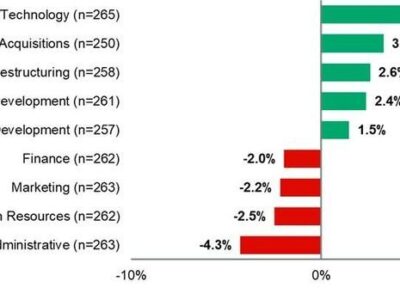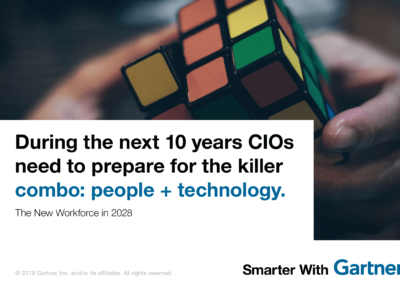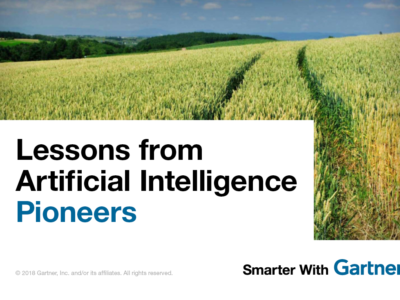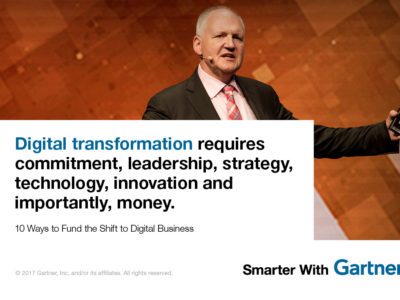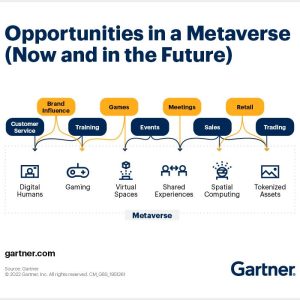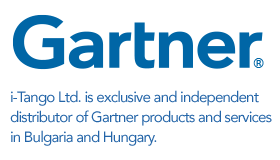The most successful businesses will compete using hundreds of business models within the next five years.
Contributor: Susan Moore
If your business is like most enterprises, it probably only has one or a small number of relatively static business models that are internally created and controlled. With the emergence of new business models that are destroying and re-creating entire industries, however, your business will most likely struggle to maintain market leadership for long if you continue operating this way.
New business models are a foundation of digital business transformation. It’s not digital business without business model innovation. The ability to maximize relationships with things and smart machines will be a foundation for algorithmic business in the future. Algorithmic business will require the widespread creation and availability of goal-seeking and self-optimizing algorithms.
To keep up with the rapid pace of disruption and change, you need a way to enable business models that are shared, dynamic, dispersed and opportunistic. How can you use technology to enable business model innovation and, therefore, digital and algorithmic business transformation?
According to Kristin Moyer, research vice president at Gartner: “Business models and algorithms could be shared through marketplaces if they become programmable through APIs that enable access to back-end services.”
Multiply value creation with programmable business models
Platform businesses are not new — companies like Apple, Google, Microsoft, Amazon, eBay and others have been using them for years. What is new about the programmable business model is using a platform to let others leverage, create, manage and retire their algorithms, business moments and business models.
Programmable business models use API-enabled platforms to expose existing enterprise assets like algorithms, information, resources and analytics. It disaggregates business functionality and makes it available to people or things through a marketplace.
In the future, smart machines and autonomous things will use the programmable business model platform to leverage or create their own algorithms, business moments and business models. If we take a look at vending machines, for example, they may eventually become their own profit and loss center, or in other words – an autonomous business. A smart, connected, autonomous vending machine may leverage a cash dispensing algorithm from a bank to become a vending machine and an ATM.
Every CIO in every industry needs to find new ways to enable business model innovation. The programmable business model enables them to monetize a potentially infinite number of algorithms, business moments and business models to remain viable and thrive in this era of digital transformation.
Gartner clients can read more in the report ‘Maverick* Research: Multiply Value Creation With Programmable Business Models.’
Kristin Moyer will talk about programmable business models at Gartner Symposium/ITxpo on the Gold Coast, Australia, October 26-30.
Gartner Symposium/ITxpo is the world’s most important gathering of CIOs and other senior IT executives. IT executives rely on these events to gain insight into how their organizations can use IT to overcome business challenges and improve operational efficiency.
Upcoming dates and locations for Gartner Symposium/ITxpo 2015 include: November 8-12, Barcelona, Spain
For more articles visit Smarter with Garnter website.


